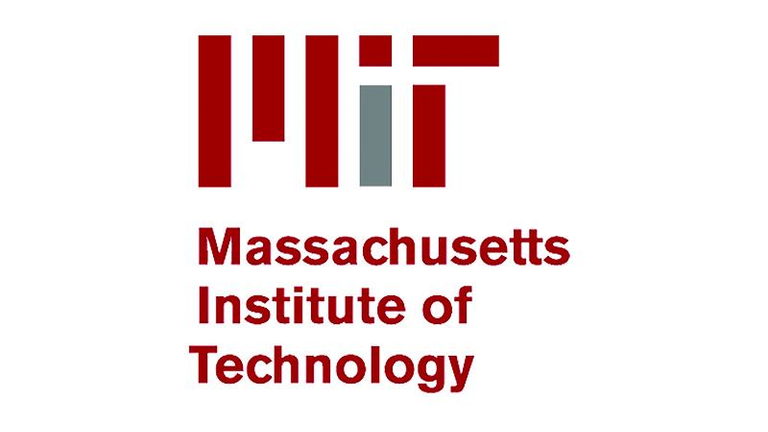Part 2 of 2 Parts (Please read Part 1 first)
Jessica Trancik says that, “Many of the reasons behind the cost increases (in nuclear power plant construction) suggest that there’s a lack of resilience, in the process of constructing these plants, to variable construction conditions. All of this points to the fact that there is a path forward to increasing resilience that involves understanding the mechanisms behind why costs increased in the first place.”
Overall construction costs are very dependent on initial design costs. Trancik said, “If you’re having to go back and redo the design because of something about a particular site or a changing safety regulation, then if you build into your design that you have all of these different possibilities based on these things that could happen. That can protect against the need for such last-minute redesign work.
Trancik says that such an approach has not tended to be prioritized in the current typical design process. “They’re not hardware costs, they are changes to the environment in which the construction is happening. … If you build that into your engineering models and your engineering design process, then you may be able to avoid the cost increases in the future.”
One new approach would involve designing nuclear plants that could be built in factories and transported to their final site for installation. This idea has been advocated by many in the nuclear industry for years. Instead of building huge conventional reactors, small modular reactors (SMRs) could be completely self-contained. They could be delivered to their sites with nuclear fuel already installed. Multiple SMRs could be combined to produce output comparable to one of the big conventional nuclear power plants. They could also be distributed across an area to reduce the need to transmit power long distances. A larger plant could be designed that could be assembled on site from an array of subassemblies built in factories.
Trancik said, “This relationship between the hardware design and the soft costs really needs to be brought into the engineering design process. It’s not going to happen without a concerted effort, and without being informed by modeling that accounts for these potential ballooning soft costs.”
While some of the steps needed to control costs involve increase use of automated processes, these need to be considered in a societal context. She says, “Many of these involve human jobs and it is important, especially in this time, where there’s such a need to create high-quality sustained jobs for people, this should also factor into the engineering design process. So it’s not that you need to look only at costs. You can also look at the benefit of a technology in terms of jobs, and this approach to mechanistic modeling can allow you to do that.”
The methodology that MIT team used to analyze the reasons for cost overruns could also potentially be used in other large, capital intensive construction projects where similar kinds of cost overruns are also found. Trancik says that “One way to think about it as you’re bringing more of the entire construction process into manufacturing plants, that can be much more standardized.” Increased standardization is one of the factors in the ninety five percent cost reduction in solar panels and lithium-ion batteries over the past few decades. She says, “We can think of it as making these larger projects more similar to those manufacturing processes.”
Jacopo Buongirono said that “only by reducing the cost of new plants can we expect nuclear energy to play a pivotal role in the upcoming energy transformation.”
